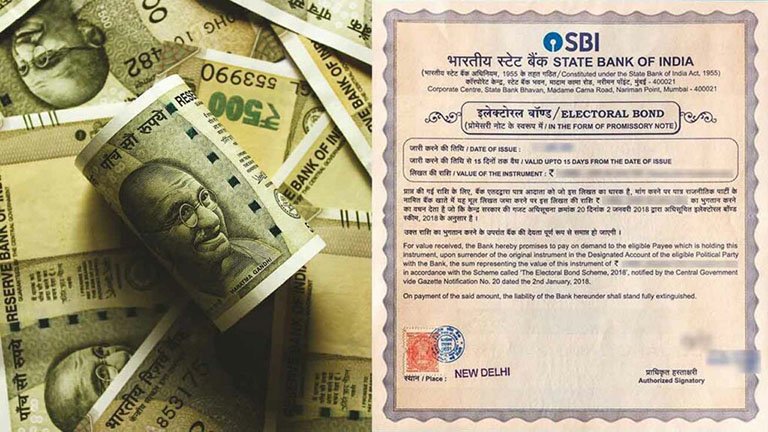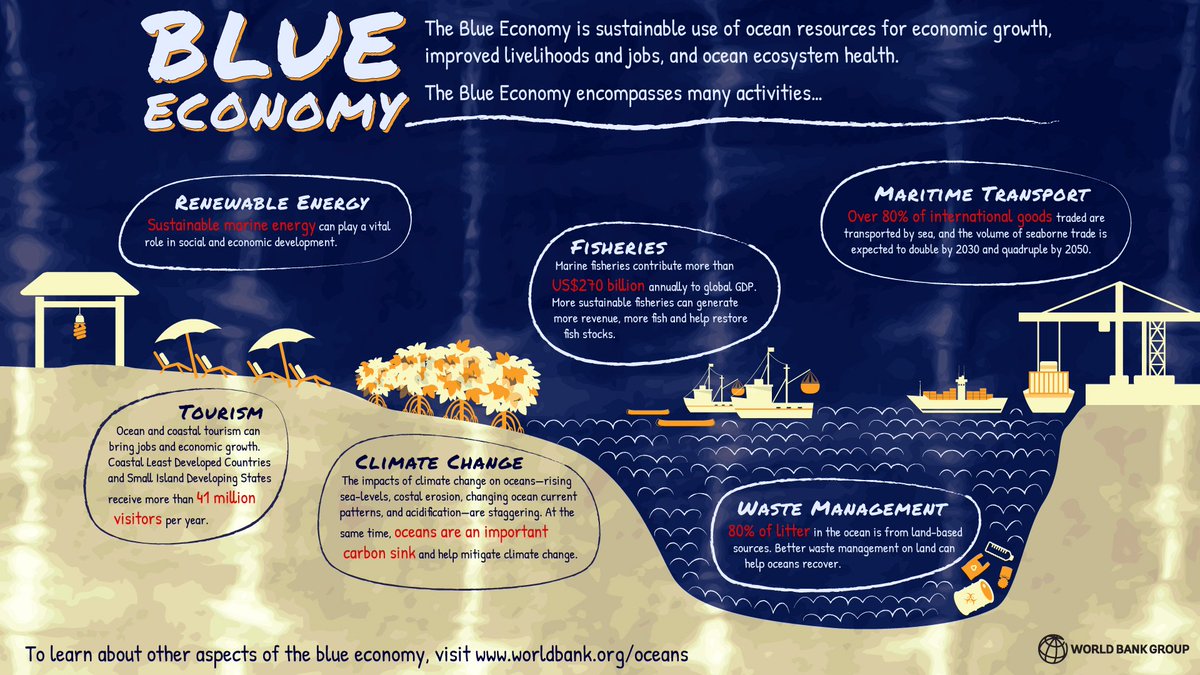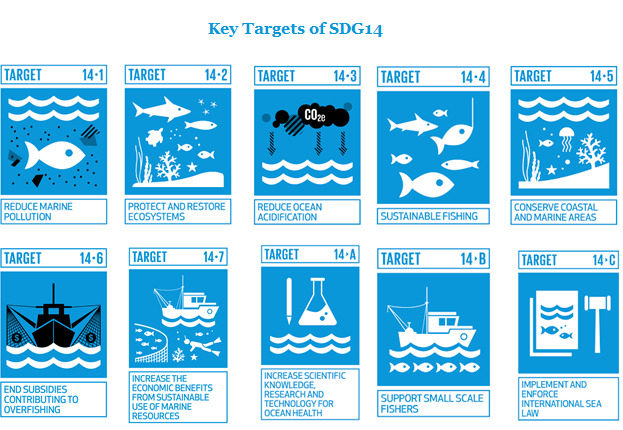Money Bill
What is Money Bill?
Article 110 of the Indian Constitution
When can a bill be designated as a Money Bill?
Who decides if a bill is Money Bill or not?
Key difference between a money Bill and an ordinary Bill
Important Laws Passed as Money Bills
The Aadhaar Act, 2016
Finance Act, 2017
The Insolvency and Bankruptcy Code (Amendment) Act, 2018
What is Money Bill?
Article 110 of the Indian Constitution
When can a bill be designated as a Money Bill?
Who decides if a bill is Money Bill or not?
Key difference between a money Bill and an ordinary Bill
Important Laws Passed as Money Bills
The Aadhaar Act, 2016
Finance Act, 2017
The Insolvency and Bankruptcy Code (Amendment) Act, 2018

Under Article 110(1) of the Constitution, a Bill is deemed to be a Money Bill if it contains only provisions dealing with all or any of the following matters:
(a) the imposition, abolition, remission, alteration or regulation of any tax;
(b) regulation of borrowing by the government;
(c) custody of the Consolidated Fund or Contingency Fund of India, and payments into or withdrawals from these Funds;
(a) the imposition, abolition, remission, alteration or regulation of any tax;
(b) regulation of borrowing by the government;
(c) custody of the Consolidated Fund or Contingency Fund of India, and payments into or withdrawals from these Funds;
(d) appropriation of moneys out of the Consolidated Fund of India;
(e) declaring of any expenditure to be expenditure charged on the Consolidated Fund of India or the increasing of the amount of any such expenditure;
Appropriation is the act of taking something, usually without permission
(e) declaring of any expenditure to be expenditure charged on the Consolidated Fund of India or the increasing of the amount of any such expenditure;
Appropriation is the act of taking something, usually without permission
Article 110 (3) lays down that “if any question arises whether a Bill is a Money Bill or not, the decision of the Speaker of the House of the People thereon shall be final”.
This means that once the Speaker has certified a Bill as a Money Bill, its nature cannot be questioned in a court of law, in the Houses of Parliament, or even by the President.
This means that once the Speaker has certified a Bill as a Money Bill, its nature cannot be questioned in a court of law, in the Houses of Parliament, or even by the President.
Under Article 109 (1), a Money Bill cannot be introduced in Rajya Sabha.
Once passed by Lok Sabha, it is sent to Rajya Sabha — along with the Speaker’s certificate that it is a Money Bill — for its recommendations.
However, Rajya Sabha can neither reject nor amend the Bill, and must return it within 14 days, after which Lok Sabha may choose to accept or reject all or any of its recommendations.
Once passed by Lok Sabha, it is sent to Rajya Sabha — along with the Speaker’s certificate that it is a Money Bill — for its recommendations.
However, Rajya Sabha can neither reject nor amend the Bill, and must return it within 14 days, after which Lok Sabha may choose to accept or reject all or any of its recommendations.
In either case, the Bill is Supposed to have been passed by both Houses.
Under Article 109(5), if Rajya Sabha fails to return the Bill to Lok Sabha within 14 days, it is Supposed to have been passed anyway.
The procedure to pass a Money Bill in Parliament is a key provision limiting the powers of Rajya Sabha compared to Lok Sabha.
Under Article 109(5), if Rajya Sabha fails to return the Bill to Lok Sabha within 14 days, it is Supposed to have been passed anyway.
The procedure to pass a Money Bill in Parliament is a key provision limiting the powers of Rajya Sabha compared to Lok Sabha.
Any Bill other than a Money Bill cannot become law unless both Houses agree to it — with or without amendments.
This is important in the current context of questions being raised over classifying a Bill as a Money Bill allegedly to bypass Rajya Sabha, where the government does not have a majority.
This is important in the current context of questions being raised over classifying a Bill as a Money Bill allegedly to bypass Rajya Sabha, where the government does not have a majority.
• • •
Missing some Tweet in this thread? You can try to
force a refresh















